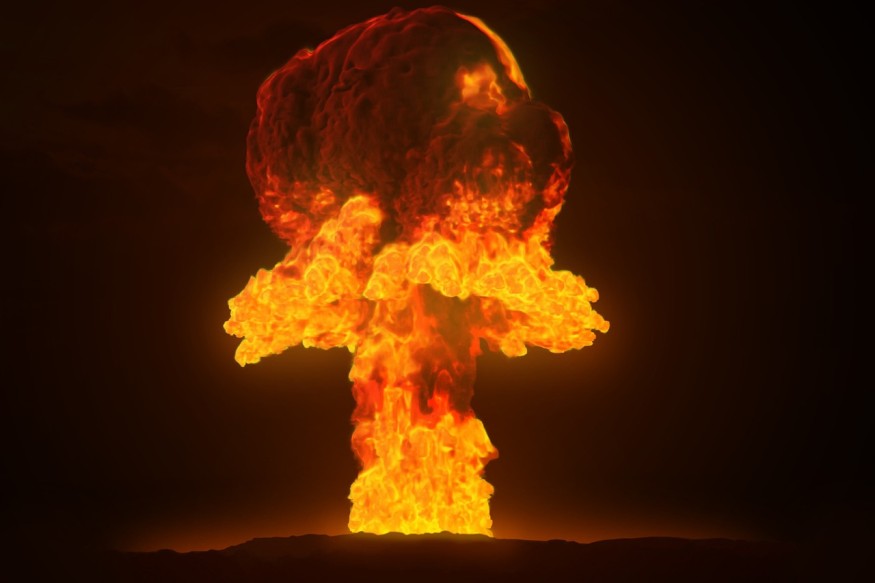
For centuries, both man-made and natural explosions have left people in terror and wonder. These explosions have various causes and stories, with some being intentional destructive methods and others being tragic military munition incidents, among many other cases. Here are some of history's greatest explosions that have made a mark in time.
Trinity Blast: World's First Atomic Bomb Explosion
Live Science reports that Gadget, which is history's first atomic bomb, exploded at the Trinity Site in 1945. The Air Force Nuclear Weapons Center added that it precisely detonated over the New Mexico desert and released up to 18.6 kilotons of power.
The invention of the first atomic bomb was credited to J. Robert Oppenheimer, an American physicist, as Euronews explains. Oppenheimer led the Manhattan Project, which resulted in the development of the world's first atomic bomb.
Just barely a month after this Trinity Blast, atomic bombs were detonated over Nagasaki and Hiroshima. This led to the deaths of around 129,000 to 226,000 individuals.
Chernobyl Disaster: History's Worst Nuclear Accident
It was in 1986 when a nuclear reactor exploded in Ukraine's Chernobyl and some parts of the Soviet Union. Live Science notes that it is history's worst nuclear accident. Its radioactive fallout was equivalent to 400 times that of the Hiroshima bomb and ended up contaminating over 200,000 square kilometers across Europe.
According to the World Nuclear Association, the incident forced 350,000 people to evacuate. It also killed 30 operators and firemen in the course of three months, with several deaths following after.
After the incident, authorities implemented the Chernobyl Exclusion Zone around the power plant's radius. The zone, spanning 2,700 square kilometers, is still considered one of the most radioactive areas in the world. Until now, it has remained off-limits.
Halifax Explosion: the World's Largest Artificial Explosive Accident
Back in 1917, a French cargo vessel carried explosives used for World War I. However, it accidentally collided with a Belgian ship in the Halifax harbor in Canada. This led to an explosion that had more force than any preceding man-made blast. As such, it blasted around 3 TNT kilotons.
Because of the explosion, white plumes were billowing 20,000 feet over the city, triggering a tsunami that went as high as 60 feet. Total devastation was observed for nearly 1.2 miles surrounding the center of the explosion. As a result, 9,000 individuals were injured.
Texas City Disaster: US' Worst Industrial Accident
The SS Grandcamp cargo ship was docked at Texas City back in 1947 when a fire led to the detonation of 2,300 tons of ammonium nitrate, which is commonly used for strong explosives and fertilizers. Because of the blast, two planes were blown out of the sky. Chain detonation reactions were also observed in refineries that were nearby, as well as a cargo ship neighbor that had around a thousand tons of ammonium nitrate on board.
Around 600 people died due to the disaster, while around 3,500 were left injured. The disaster is considered the US' worst industrial accident.
RELATED ARTICLE : How Much Damage Can a Nuclear Bomb Do? Here's What Would Happen During a Nuclear Blast
Check out more news and information on Explosions in Science Times.










